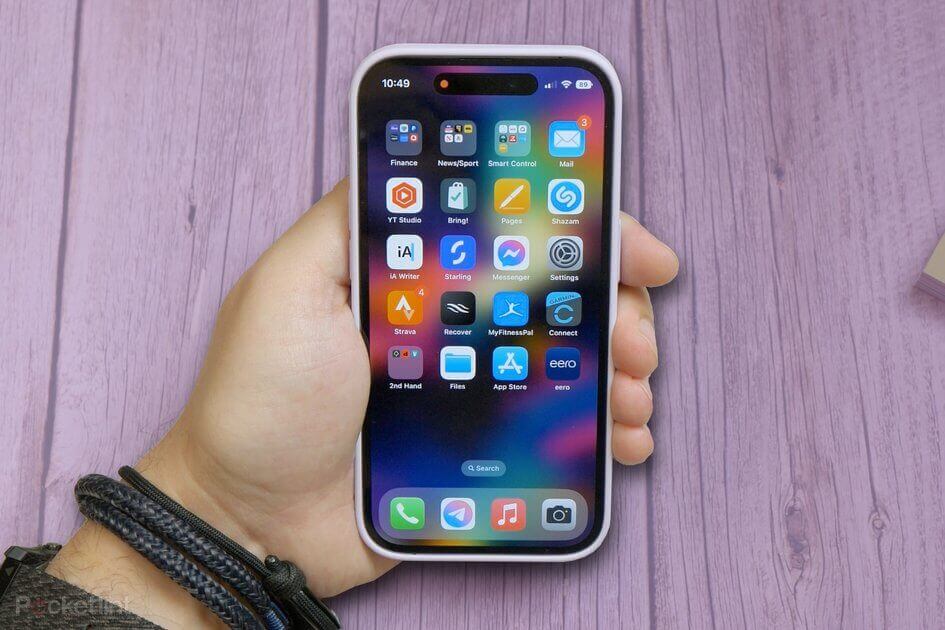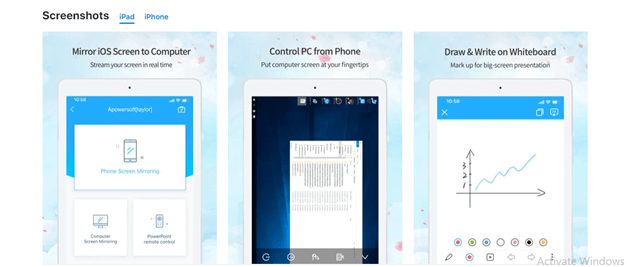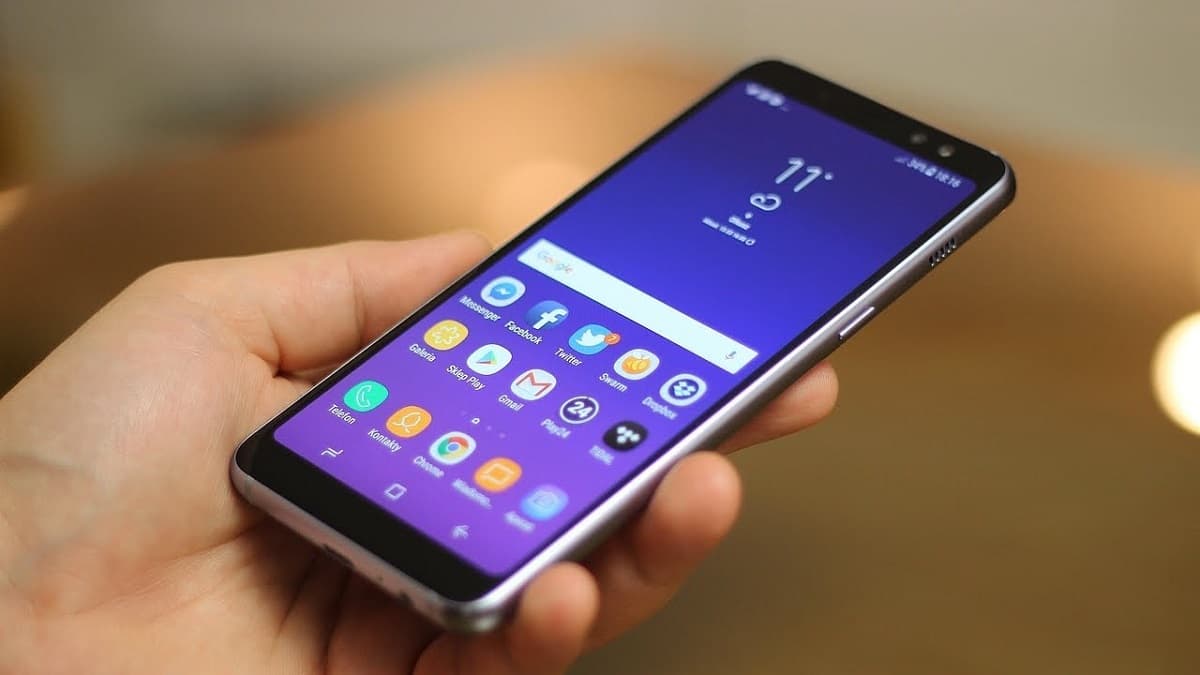With new iPhones come new features. For 2022, that comes in the form of iOS 16 running on the iPhone 14 and iPhone 14 Pro . While we’re sure you already know about some of the great news, there are still plenty of things you can look for to improve your life.
We have selected some of the features that we consider most useful – or simply practical – to know about. Check out the video above if you want it that way, or keep reading below for a written guide.
1. Turn off the always-on display (14 Pro only)
The iPhone 14 Pro has an always-on display feature that dims the wallpaper and highlights the clock. It’s on by default, but you may not find it as useful or it may drain your battery. So if you want to disable it, you can.
Open Settings and tap on “Display & Brightness” and now turn off “Always on” option. It is very simple.
If you don’t want it to be off all the time and want it to be on during the day, you can set it to turn off at night as part of sleep mode. Go to Settings > Focus > Sleep. Here you can schedule a sleep focus to come on at a certain time each night in the “Schedule” tab. When activated, your always-on display will stop showing at night.
2. Enable haptic keyboard
As part of iOS 16, Apple brought haptic feedback to its own stock keyboard. At last. This means that when you write you can feel subtle touches or vibrations under the screen. To activate it you just have to go to Settings > Sound and Haptics > and then choose ‘Keyboard feedback’. Activate the ‘Haptic’ option.
3. Battery percentage indicator
As we mentioned in our iOS 16 video above , there’s a new battery percentage indicator that you can turn on to display the actual percentage on the battery icon in your status bar. To activate it, you just have to go to Settings > Battery and activate the option ‘battery percentage’.
4. Change notification style
By default, iOS 16 now displays a number – or “count” – of notifications at the bottom of your lock screen so you know how many notifications you have waiting. But you can change this to be a list of actual notifications, or a stack of notification windows.
Just open Settings > Notifications and choose one of the other two options that appear at the top of the screen under “Show as”.
5. Lock a private note behind Face ID
In Notes you can now lock a specific note behind a FaceID authentication . You are no longer limited to blocking it only with the code on your phone. To enable this feature, go to Settings > Notes and find the “Password” option and tap on it. On the next screen, select the “Use Device Passcode” option, then turn on “Use FaceID.” Now you don’t have to use a specific password to unlock the notes.
To lock a specific note, just long press the note you want to lock within the app, and then tap “lock note” on the popup menu that appears. The next time you try to open it, it will use FaceID to verify that it is you who is trying to access it.
6. Edit or unsend iMessages
Sometimes when you send a message, you’ll either a) immediately regret it and want to unsend it or b) make an embarrassing typo. Perhaps even both. Fortunately, in iOS 16 there is a solution to these problems. You can now unsend, or edit, iMessages .
Open Messages, type your message as usual, and once you’ve sent it, long press on that message. You’ll see “Edit” and “Undo Send” options in the drop-down menu. Choose the one you want to use at that moment. But beware, if the person you are sending it to does not have iOS 16, it will not appear as not sent, they will continue to see the message.
7. Delete duplicate photos
Apple’s latest Photos app allows you to quickly and easily remove duplicate photos to help you save storage on iPhone and iCloud.
Just open Photos and tap on “Albums”. Scroll down until you see “Duplicates” in the list at the bottom of the page. You can now hit ‘merge’ near each match, or hit ‘select’ at the top and then manually choose each image you want to delete and hit the delete bin icon at the bottom.
8. Drag Foreground Subjects Away From Backgrounds in New Documents
One of the cool new features in iOS 16 is the ability to remove subjects from your photo backgrounds and then share them to any app as a cutout. With the right technique, you can quickly drag and drop it into another document or an image you may be working on in Photoshop, Pages, or something similar.
Just hold the sprite as normal to remove it from the background, now hold it with that same finger and use your other hand to swipe out of the app and open the app you want to drop it on.
For example, if it’s Pages, you just have to open it, create a new document -or open an existing one- and drop the image. (If you’re having a hard time getting it right, check out our video at the top of the page to see the technique.)
As we showed in our iOS 16 video, if you want to share them in a different way, you can long press the theme, wait for that white line to appear around it, and then tap ‘share’ and choose where you want to share it or ‘copy’. ‘ and then open the app manually and paste it.
8. Take 48 megapixel photos
This is another feature that is only available on the iPhone 14 Pro for now, and it shoots at 48 megapixels, using the full number of pixels available on the main camera sensor.
Go to Settings > Camera and select “Formats” at the top of the list. Activate the “Apple ProRAW” option and under it, select the resolution and make sure to choose 48 megapixels. Now when you open the camera app, you will see a “RAW” toggle at the top of the screen. Just touch it to enable the full 48-megapixel RAW shot.
9. Manually turn macro mode on or off
Another utility is the manual macro mode switch, since since a couple of generations of phones the automatic switch between 1x and macro can be a bit annoying. Open Settings > Camera again, and now just turn on the “Macro control” switch.
Open the camera app and zoom in on an object, you should see the macro logo in yellow on the screen. It’s on by default, but if you want to turn it off, just tap on the logo when it appears.
10. Customize spatial audio
With iOS 16 there is an interesting feature that uses the front FaceID sensors to customize the Spatial Audio of the AirPods. Works with AirPods 3 and AirPods Pro (1st and 2nd generation).
To use it, just open your AirPods case, make sure they’re connected, and head to the Settings app. Tap on the AirPods in the list and on the next screen look for ‘Custom Spatial Audio’. Next, tap on the ‘Custom Spatial Audio’ option on the next screen.
It will now take you through a process where it uses forward-facing depth sensors to measure your face and ears, and use that data to build a Spatial Audio profile that works for you when you have AirPods connected.
11. See the password of the Wi-Fi network you’re on
One feature that should have been around for a long time is the ability to see the password of the network you’re connected to. In iOS 16 you can. Just open Settings, tap “Wi-Fi” and tap the information icon next to the network you’re connected to. On the next screen you will see “Password”. Tap it and it will use FaceID to verify it’s you and reveal the passkey.
12. Add stops to your Apple Maps route
In Apple Maps in iOS 16, you can add additional stops along the way to your final destination. Just go navigate as usual put in your desired endpoint on the maps, then press the drive/car icon.
Before you start turn-by-turn navigation, you will now see a list under “Directions” where you can tap “add stop”. Click there, add the places you want to go through and reorder those stops. Now press ‘Go’ to start navigating with your stops along the way already included.
13. Quick Note
iOS has a feature called Quick Note that allows you to – not surprisingly – quickly start writing a note in the Notes app. Just pull down the Control Center and find the control that looks like a notes page and a plus icon. Tap it and you’ll immediately start a new note in the Notes app.
14. Tap on the back of the screen
There’s a cool trick that lets you double- or triple-tap the back of your iPhone to perform actions like taking a screenshot or pulling up notifications. And it’s actually part of the accessibility settings.
Open Settings > Accessibility and now search for ‘Touch’. At the bottom of the next screen you will find ‘Back Touch’. Select ‘Double tap’ and choose ‘screenshot’ from the list, or any other function you want. Now when you double tap on the back of the phone, it will take a screenshot.
15. Type to Siri
Another accessibility tool – for those who find it difficult to speak or hear – is the ability to write Siri requests. But first you have to enable it.
Open Settings > Accessibility again and look for “Siri” at the bottom. On the next screen you just have to activate ‘Typing to Siri’ and now when you launch Siri by holding down the side key, you can type requests instead and see the responses on the screen.
16. One Hand Mode (aka Reachability)
There’s a feature in iOS that allows you to reach the top of the screen more easily with one hand, or more technically, with your thumb. It’s called Reachability, and when it’s on all you have to do is swipe down at the bottom of the screen and it will lower the top half of the screen to make it more accessible.
Just open Settings > Accessibility > Touch and turn on “Accessibility”.




